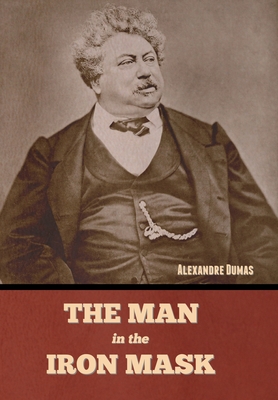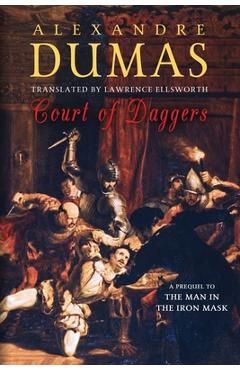The Man in the Iron Mask

The Man in the Iron Mask
The true identity of this prisoner remains a mystery, even though it has been extensively debated by historians, and various theories have been expounded in numerous books, articles, plays, and films. Among the leading theories is one proposed by the French philosopher and writer Voltaire, who claimed in the second edition of his Questions sur l'Encyclopédie (1771) that the prisoner was an older, illegitimate brother of Louis XIV. This assertion of a royal connection was echoed later by authors who proposed variants of this aristocratic solution.
What little is known about the prisoner is based on contemporary documents that surfaced during the 19th century, mainly some of the correspondence between Saint-Mars and his superiors, in which the prisoner had been labelled "only a valet" shortly after his arrest. Legend has it that no one is known to have seen his face, as it was hidden by a mask of black velvet cloth, later misreported by Voltaire as an iron mask. Official documents reveal, however, that the prisoner was made to cover his face only when travelling from one prison to the next, or in the final years of his incarceration; modern historians believe the latter measure was imposed by Saint-Mars solely to increase his own prestige at the end of his career, thus causing persistent rumours to circulate about this seemingly important prisoner.
In 1932, French historian Maurice Duvivier proposed that the prisoner was Eustache Dauger de Cavoye, a nobleman associated with several political scandals of the late 17th century. This solution, however, was disproved in 1953 based on previously unpublished family letters located by another French historian, Georges Mongrédien, who concluded that the enigma remained unsolved owing to the lack of reliable historical documents about the prisoner's identity and the cause of his long incarceration.
The Man in the Iron M
PRP: 294.01 Lei
Acesta este Pretul Recomandat de Producator. Pretul de vanzare al produsului este afisat mai jos.
264.61Lei
264.61Lei
294.01 LeiLivrare in 2-4 saptamani
Descrierea produsului
The true identity of this prisoner remains a mystery, even though it has been extensively debated by historians, and various theories have been expounded in numerous books, articles, plays, and films. Among the leading theories is one proposed by the French philosopher and writer Voltaire, who claimed in the second edition of his Questions sur l'Encyclopédie (1771) that the prisoner was an older, illegitimate brother of Louis XIV. This assertion of a royal connection was echoed later by authors who proposed variants of this aristocratic solution.
What little is known about the prisoner is based on contemporary documents that surfaced during the 19th century, mainly some of the correspondence between Saint-Mars and his superiors, in which the prisoner had been labelled "only a valet" shortly after his arrest. Legend has it that no one is known to have seen his face, as it was hidden by a mask of black velvet cloth, later misreported by Voltaire as an iron mask. Official documents reveal, however, that the prisoner was made to cover his face only when travelling from one prison to the next, or in the final years of his incarceration; modern historians believe the latter measure was imposed by Saint-Mars solely to increase his own prestige at the end of his career, thus causing persistent rumours to circulate about this seemingly important prisoner.
In 1932, French historian Maurice Duvivier proposed that the prisoner was Eustache Dauger de Cavoye, a nobleman associated with several political scandals of the late 17th century. This solution, however, was disproved in 1953 based on previously unpublished family letters located by another French historian, Georges Mongrédien, who concluded that the enigma remained unsolved owing to the lack of reliable historical documents about the prisoner's identity and the cause of his long incarceration.
The Man in the Iron M
Detaliile produsului





























